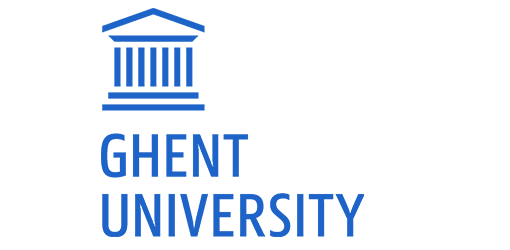Strategic alignment of business process architecture
The idea of this thesis is to investigate how the Business Process Architecture Language (BPAL) we are currently developing, can be used in the analysis of strategic fit within an organisation. Strategic fit is the condition in which the organisation is able to realise its strategies. The business processes of an organisation are an important component of the enterprise architecture needed to realise the organisational strategies. The question is how can models of business process architecture (developed using BPAL) contribute to the analysis of strategic fit.
The development of BPAL is a joint effort of UGentMIS (Prof. Geert Poels) and the ALARCOS research group of the University of Castilla-La Mancha (Prof. Francisco Ruiz, Prof. Felix Garcia, Prof. Mario Piattini). A good starting point for the research is a recent paper co-authored by Geert Poels, as an output of a joint research project with the ALARCOS research group of the University of Castilla-La Mancha (Ciudad Real, Spain). You can download the paper here: https://biblio.ugent.be/publication/8625249
BPAL is a modelling language that can be used to describe the ‘system’ of business processes in an organisation. Contrary to BPMN, it does not focus on a single process, but on the interplay of different work processes and on their role within the organisation’s enterprise architecture. After having developed a conceptualisation (i.e., ontology) and meta-model for business process architecture, the current research focuses on modelling and analysis techniques. An analysis technique for strategic alignment is an important element of the envisioned toolset.
The thesis research involves
- Study of business process architecture, strategic alignment, and the research on BPAL to determine the requirements for a good solution;
- Design of a BPAL model-based strategic fit analysis technique, starting from a generic strategic fit analysis technique, i.e., the Process-Goal-Alignment technique (see https://biblio.ugent.be/publication/8531193);
- Implementation of the technique in a modelling tool for BPAL;
- Demonstration of the developed technique on a case-study;
- Evaluation of the solution requirements.
For activity 3, some collaboration with other thesis students (from UGent or ALARCOS) will be required.
